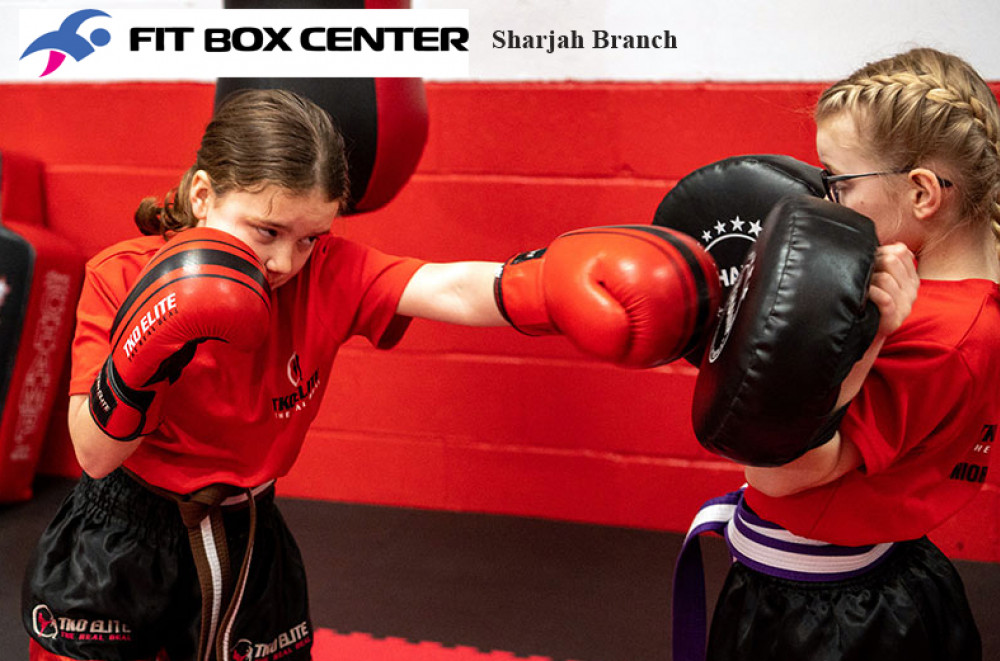
Kickboxing for All Ages a Comprehensive Guide
2024-03-13 - kick-boxingKickboxing, a dynamic and high-energy combat sport, has
gained immense popularity among people of all ages. From children to seniors,
individuals are increasingly turning to kickboxing not only as a means of
physical fitness but also for mental well-being and self-defense. In this
article, we delve into the benefits of kickboxing for all age groups and
provide insights into how individuals of varying ages can embrace this
exhilarating activity.
Physical Fitness
Kickboxing offers a comprehensive workout that targets
various muscle groups, enhances cardiovascular health, and improves flexibility
and agility. Regardless of age, regular kickboxing sessions can contribute to
overall physical fitness and well-being.
Mental Well-being
Engaging in kickboxing releases endorphins, commonly known
as "feel-good hormones," which can alleviate stress and anxiety.
Furthermore, the focus required during training promotes mindfulness and mental
clarity.
Self-defense Skills
Learning kickboxing equips individuals with valuable
self-defense techniques, enhancing their confidence and ability to protect
themselves in potentially dangerous situations.
Kickboxing for Children
Kickboxing can be beneficial for children as it helps in
instilling discipline, focus, and respect for authority. However, it's crucial
to ensure that children participate in age-appropriate classes under the
guidance of qualified instructors who prioritize safety.
Kickboxing for Teens
For teenagers, kickboxing serves as an outlet for excess
energy while promoting self-discipline and confidence. It provides a
constructive means of channeling emotions and fosters a sense of accomplishment
through skill development.
Kickboxing for Adults
In adulthood, kickboxing offers a holistic approach to
fitness, combining cardiovascular exercise with strength training. It serves as
an effective stress reliever and can aid in weight management and toning
muscles.
Kickboxing for seniors
Even seniors can benefit from kickboxing, albeit with
modifications tailored to their physical capabilities. It promotes joint
mobility, balance, and coordination, while also providing opportunities for
social interaction and camaraderie.
Choosing the Right Kickboxing Program
When selecting a kickboxing program, it's essential to
consider factors such as the instructor's qualifications, class atmosphere, and
alignment with personal goals. Whether one seeks intense workouts or a more
relaxed environment, finding the right fit is paramount.
Safety Precautions
Prioritizing safety is crucial in kickboxing to prevent
injuries. This includes warming up adequately before each session, using proper
equipment such as gloves and pads, and knowing one's limits to avoid
overexertion.
Getting Started with Kickboxing
For beginners, it's advisable to start with basic techniques
and gradually progress as proficiency increases. Setting realistic expectations
and maintaining consistency are key to long-term success in kickboxing.
Progression in Kickboxing
As individuals advance in their kickboxing journey, they can
explore intermediate and advanced techniques, set new goals, and participate in
competitions or sparring sessions to test their skills.
Incorporating Kickboxing into Daily Routine
To reap the full benefits of kickboxing, it's essential to
integrate it into one's daily routine while balancing other commitments.
Consistency in training, even in small doses, yields significant results over
time.
Conclusion
Kickboxing is a versatile activity suitable for individuals
of all ages, offering physical, mental, and social benefits. Whether one is a
child looking to develop discipline, a teenager seeking empowerment, an adult
aiming for fitness, or a senior embracing an active lifestyle, kickboxing provides
a fulfilling and rewarding experience.







.jpg)











































































































































































































